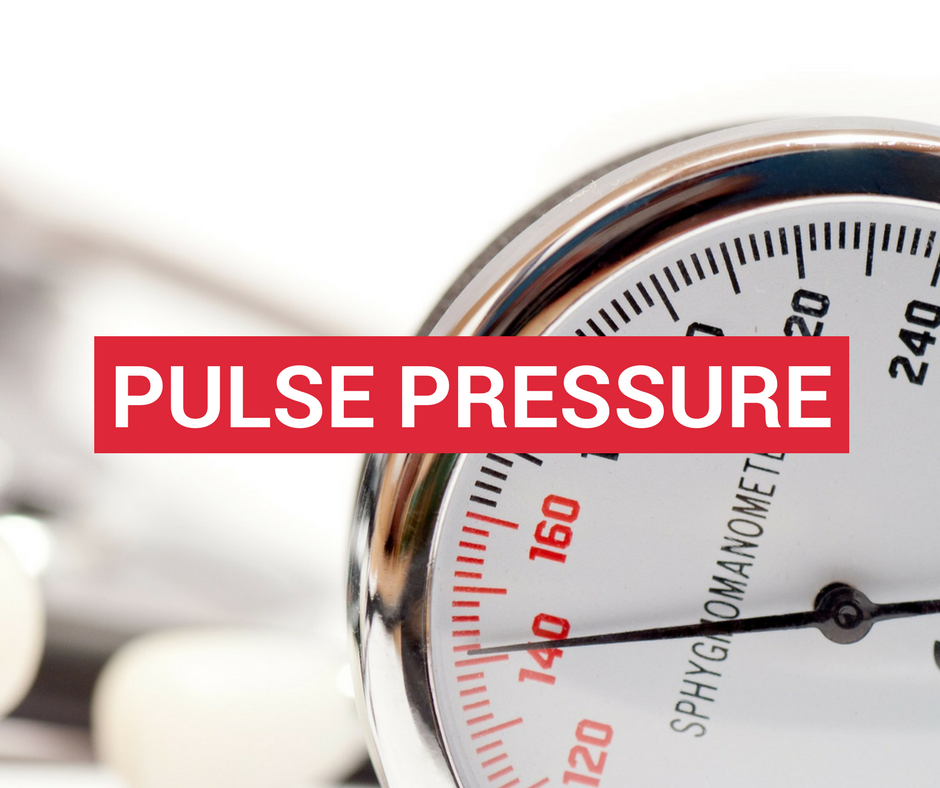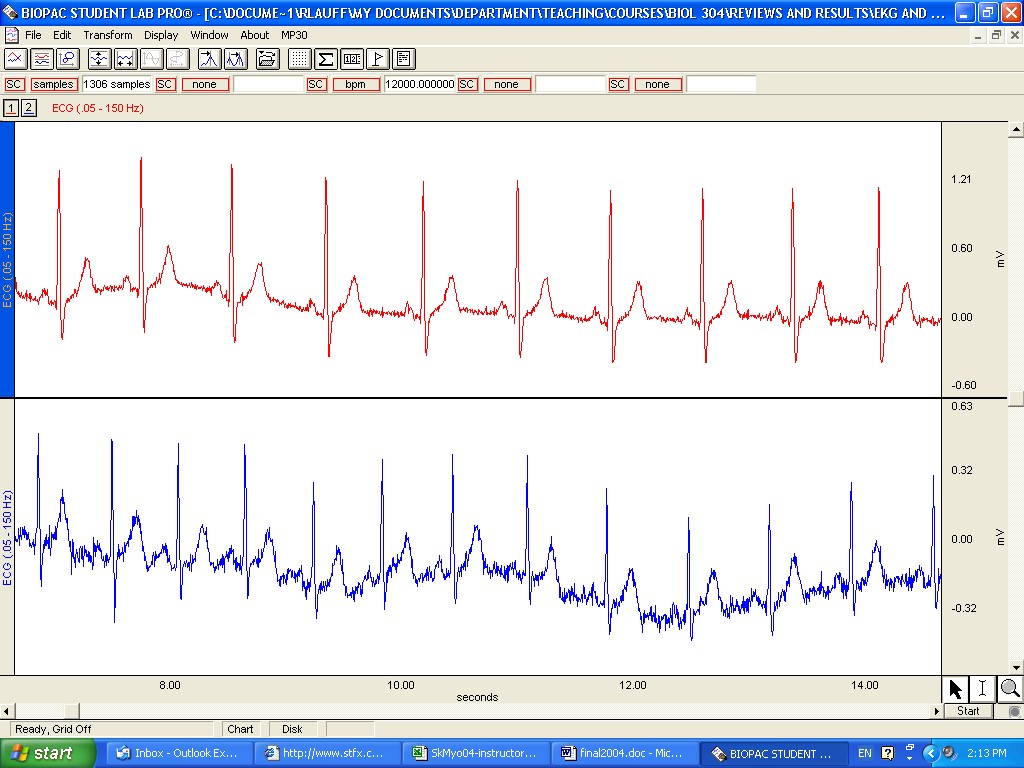
Of the 124,277 patients aged 18–99 years old who underwent hemodialysis for >90 days without modality switches during the study period, patients with missing BP measures ( n=24,545), those with outliers of BP values (99.75th percentiles n=481), or those with outliers of PP values (99.75th percentiles n=207) were excluded, resulting in 99,044 patients for PP analysis ( Supplemental Figure 1). The baseline quarter for each patient was the earliest calendar quarter in which the patient’s hemodialysis duration was >90 days. We extracted and examined data from all patients receiving hemodialysis treatment between July 2001 and June 2006 in any of the 580 United States outpatient dialysis facilities of DaVita.

We hypothesized that any increases or declines in PP during hemodialysis were associated with higher all-cause and cardiovascular mortality in addition to predialysis SBP levels in a large nationally representative cohort of patients on MHD. The association between PP change during hemodialysis and mortality has not been sufficiently studied in large cohorts. Both large declines and any rises in SBP during hemodialysis have been linked to increased mortality ( 27). Therefore, they may be underpowered for detecting a U-shaped association of high mortality with either increases or decreases in PP ( 26). Previous observations are limited by regression models that assume a linear relationship between PP change and mortality. Decreased PP during hemodialysis has been demonstrated to be associated with lower risks of hospitalization or death ( 26). Reductions in PWV may improve survival of patients on MHD ( 25). Combined volume correction with angiotensin-converting enzyme inhibition has been shown to improve aortic PWV in patients on MHD ( 24). Volume overload has already been associated with LVH and mortality in patients on MHD ( 21– 23). In patients on MHD, hypervolemia may play an important role on changes in pulse pressure (∆PP) ( 20). Arteriosclerosis results in arterial stiffening, increased pulse wave velocity (PWV), systolic BP (SBP), and PP, leading to left ventricular hypertrophy (LVH) and reduced coronary perfusion ( 16– 19). Atherosclerosis is associated with increased arterial intima-media thickness leading to luminal obstruction with ischemic events. Vascular changes, including atherosclerosis and arteriosclerosis, contribute to increased cardiovascular mortality in this population ( 14, 15).

Both increased arterial stiffness and PP have been associated with higher risks of cardiovascular events, all-cause mortality, and cardiovascular death in patients on MHD ( 7– 12).Ĭardiovascular disease is the leading cause of mortality in patients on MHD ( 13). At any mean arterial BP (MAP) level, patients on maintenance hemodialysis (MHD) have higher PP values than age-matched control subjects with normal renal function ( 6). Increased pulse pressure (PP), as a surrogate of vascular stiffness, is an independent predictor of cardiovascular events, all-cause mortality, and cardiovascular mortality observed in the general, elderly, and hypertensive populations ( 1– 5). The U-shaped association was observed with cardiovascular death.
#NARROW PULSE PRESSURE PLUS#
In the systolic BP plus case mix plus malnutrition-inflammation complex syndrome–adjusted model, large declines in pulse pressure (>–25 mmHg) and increases in pulse pressure >5 mmHg were associated with higher all-cause mortality (reference: ≥–5 to <5 mmHg): hazard ratios (95% confidence intervals ) for change pulse pressures of <–25, ≥–25 to <–15, ≥–15 to <–5, 5 to <15, 15 to <25, and ≥25 mmHg were 1.21 (95% CI, 1.14 to 1.29), 1.03 (95% CI, 0.97 to 1.10), 1.01 (95% CI, 0.96 to 1.06), 1.06 (95% CI, 1.01 to 1.11), 1.17 (95% CI, 1.11 to 1.24), and 1.15 (95% CI, 1.08 to 1.23), respectively. In the models including adjustment for either predialysis systolic BP or mean arterial BP, there was a U-shaped association between change in pulse pressure during hemodialysis and all-cause mortality. During 134,814 patient-years of at-risk time, 16,054 (16%) patients died, with 6827 (43%) of the deaths caused by cardiovascular causes.

Results The average patient age was 62 years old among the patients, 33% were black and 59% had diabetes.


 0 kommentar(er)
0 kommentar(er)
